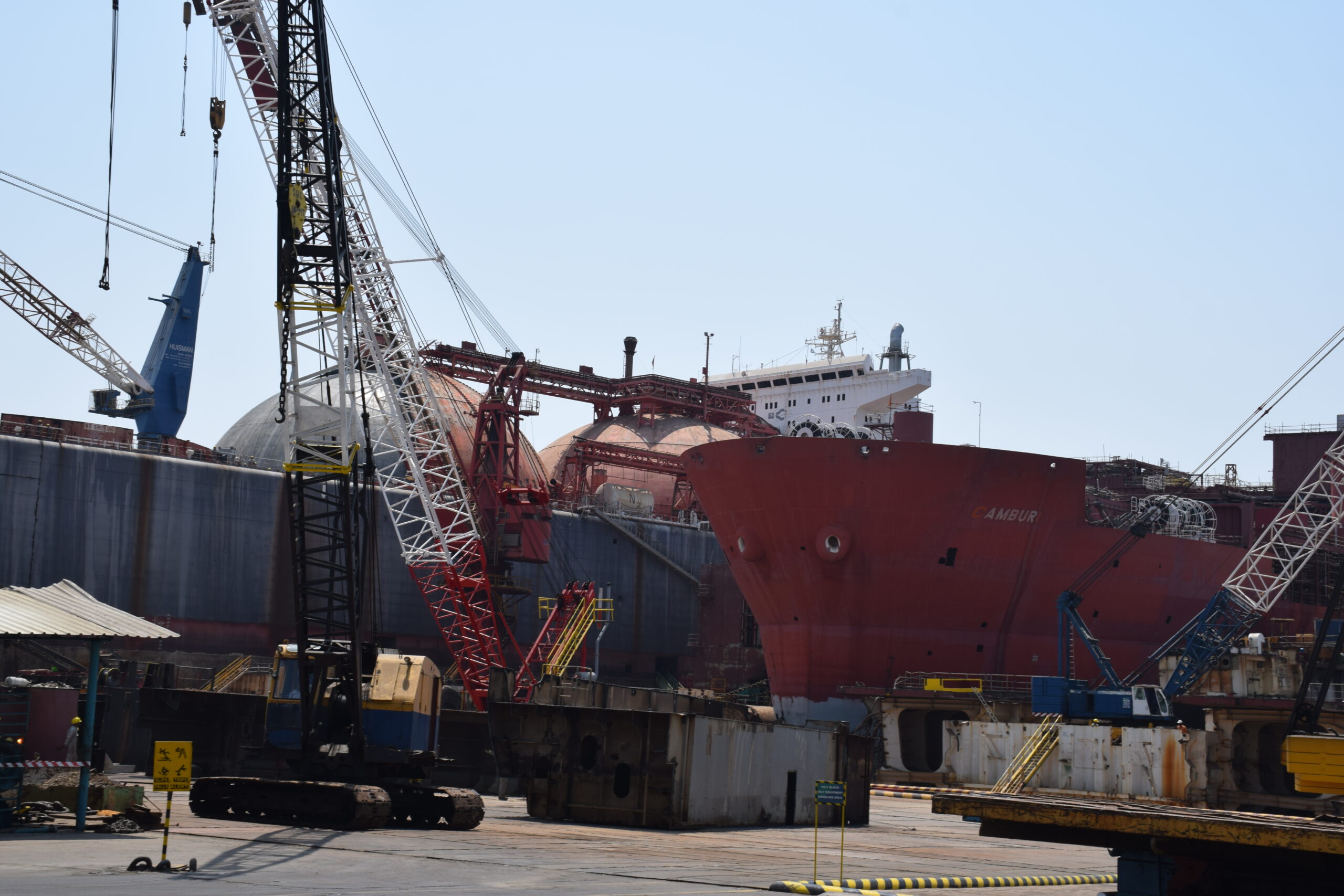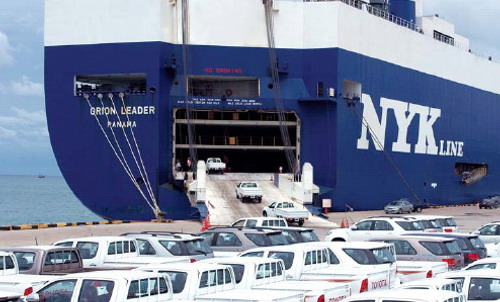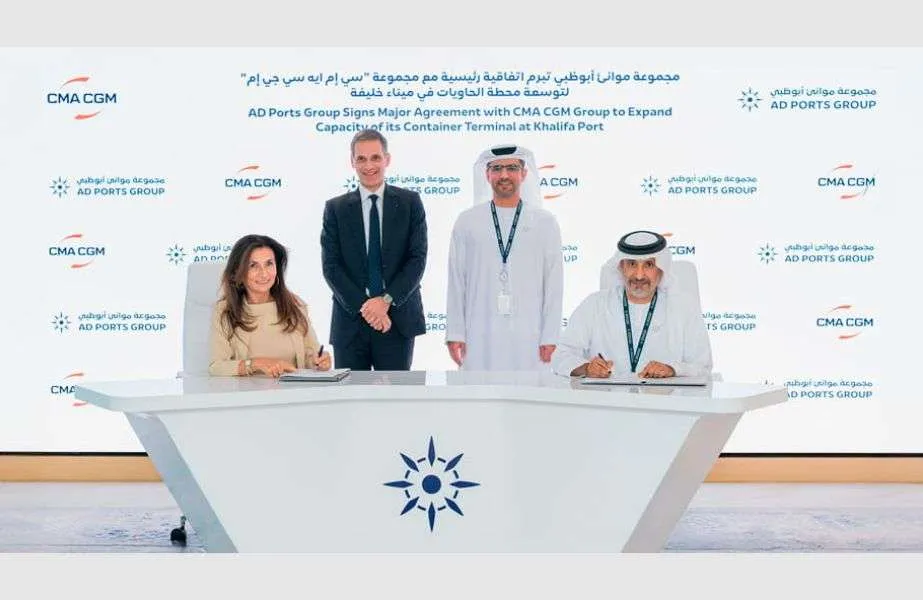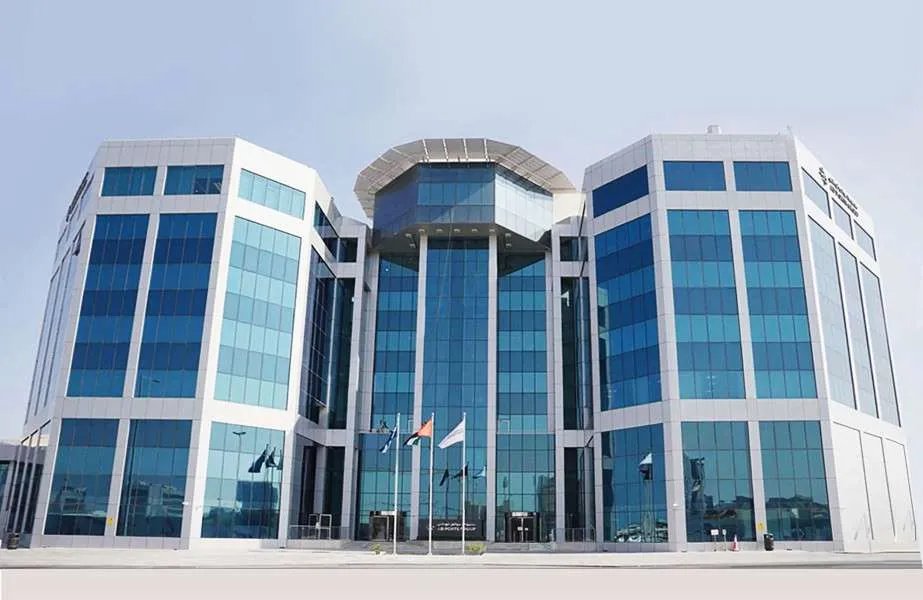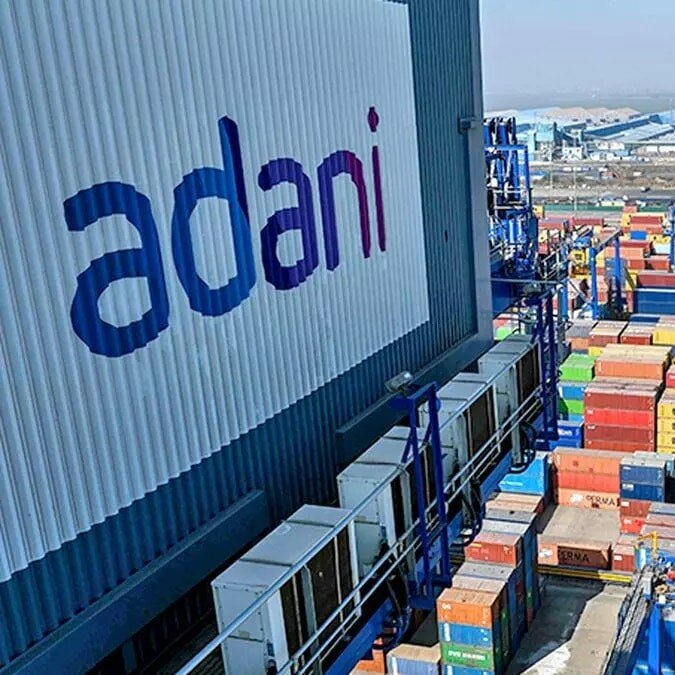The Winds of Change in Container Shipping Alliances: Maersk Line and Hapag-Lloyd Forge a New Path
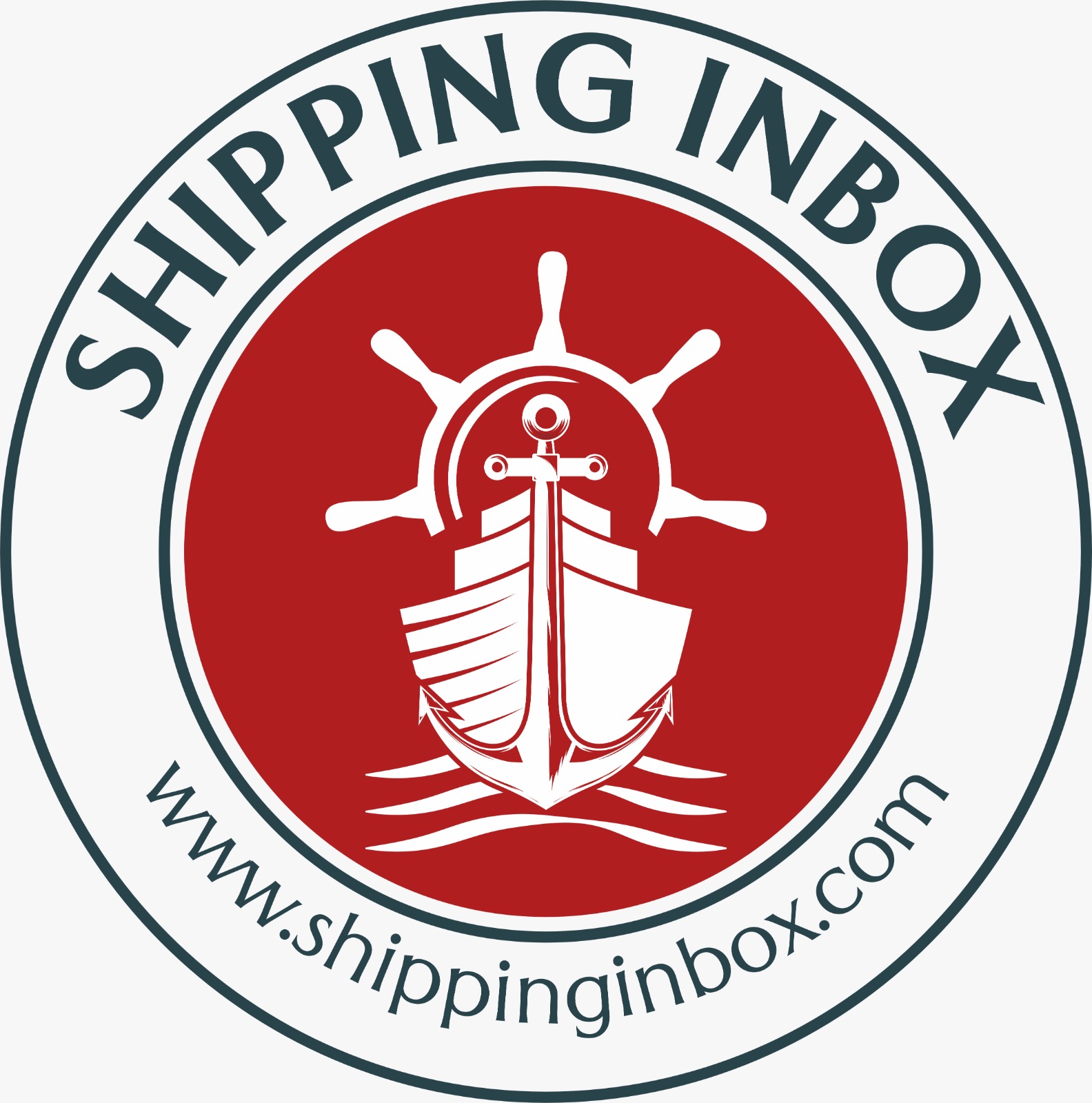
In a move that has sent shockwaves through the maritime industry, Maersk Line and Hapag-Lloyd announced on January 17 that they would be joining forces to establish the Gemini Cooperation in February 2025. This strategic partnership comes at a crucial juncture, coinciding with the conclusion of Maersk Line’s 2M alliance with MSC in January 2025. Additionally, Hapag-Lloyd is set to depart from THE Alliance, which currently includes HMM, Ocean Network Express (ONE), and Yang Ming.
Simon Sundboell, the founder of consultancy firm eeSea, shared his insights on this development in a LinkedIn post. He highlighted Hapag-Lloyd’s significant capacity, nearly 1.98 million TEUs, making it the largest member of THE Alliance. Sundboell expressed skepticism about THE Alliance’s survival without Hapag-Lloyd, as the remaining members would be left with approximately 3.3 million TEUs. In contrast, the newly formed Gemini Cooperation is set to surpass that with a combined capacity of 3.4 million TEUs. The Ocean Alliance, comprising CMA CGM, COSCO Shipping Lines, and Evergreen Marine Corporation, retains its dominance as the largest grouping with over 8.3 million TEUs.
The reshuffling of alliances is expected to create a ripple effect in the industry, with other carriers scrambling to secure new partnerships. Sundboell suggested that ONE, HMM, and Yang Ming are likely engaged in urgent discussions, speculating on the potential for a two-alliance world with MSC standing independently. He also raised the question of whether CMA CGM and Cosco might contemplate absorbing the remaining THE Alliance carriers and, if so, at what cost. The possibility of a breakup in the Ocean Alliance, though less likely, is not entirely ruled out. This seismic shift could trigger another round of mergers and acquisitions within the container shipping sector.
Separately, Yang Ming’s ex-chairman Bronson Hsieh was quoted in the Taiwanese media that Maersk Line and Hapag-Lloyd are culturally and commercially compatible partners.
Hsieh observed, “They’re very ahead of the curve in terms of environmental protection concepts, and both companies have built many dual-fuelled ships. It’s ideal for them to walk together.” Hsieh stated that operators of a substantial scale will be welcome in any alliance.
Hapag-Lloyd’s CEO, Rolf Habben Jansen, cited “insufficient progress” in terms of reliability within THE Alliance as a key factor behind the decision to part ways. The Gemini Cooperation partners have set an ambitious goal of achieving a reliability rate of 90%, emphasizing their commitment to operational excellence.
In a separate development, former Yang Ming chairman Bronson Hsieh weighed in on the Maersk Line and Hapag-Lloyd alliance, noting their cultural and commercial compatibility. Hsieh highlighted their shared commitment to environmental protection, citing their leadership in adopting dual-fuelled ships. According to Hsieh, alliances welcome operators of substantial scale, a sentiment echoed by his own experience when HMM joined THE Alliance after expanding its fleet. Conversely, HMM faced isolation during a liquidity crisis in 2016 when it was left without an alliance partner following the consolidation of the Grand and New World alliances into THE Alliance.
The implications of this alliance go beyond the immediate reshuffling of alliances; they extend to broader industry dynamics. Observers speculate on the potential impact on environmental initiatives, as Maersk Line and Hapag-Lloyd’s focus on dual-fuelled ships aligns with the growing emphasis on sustainability in the maritime sector. The move also raises questions about the future landscape of container shipping alliances and the extent to which reliability and environmental considerations will shape their composition.
As the industry anticipates the formalization of the Gemini Cooperation in February 2025, all eyes are on the evolving dynamics of container shipping alliances and the potential domino effect on other carriers seeking to redefine their strategic partnerships in response to this transformative development.
Author: shipping inbox
shipping and maritime related web portal




